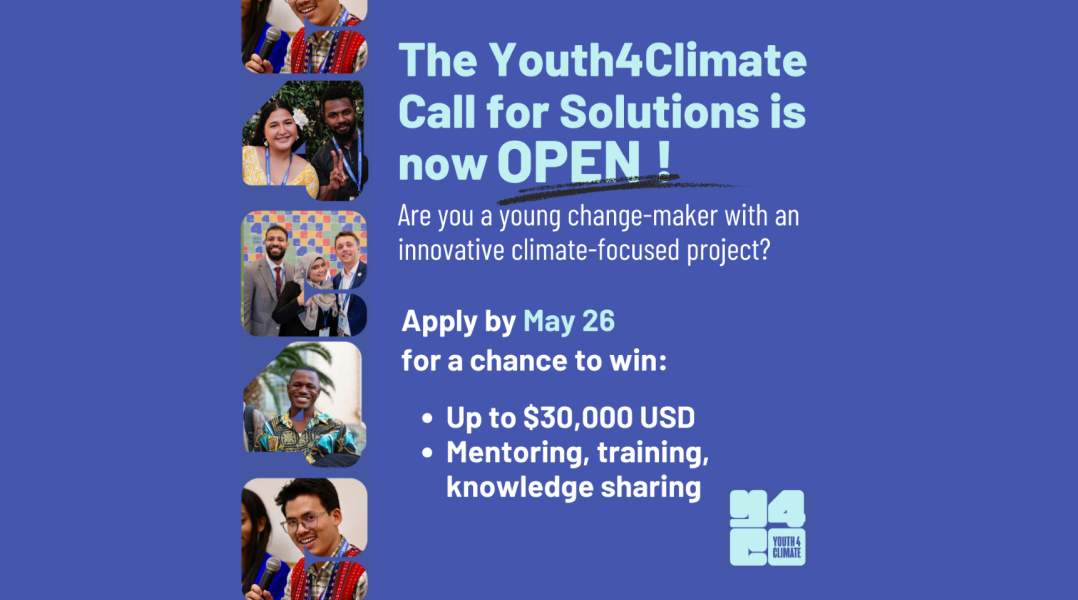UNDP and UNEP publish joint guidance note on circular economy for climate change mitigation

The United Nations Development Programme (UNDP) and the United Nations Environment Programme (UNEP) have today published a jointly developed guidance note setting out a range of technical resources and analytical tools that can be offered to countries to accelerate achievement of the Paris Agreement targets, by enhancing the resource efficiency and circularity of their national economies.
The guidance note higlights how through securing greater engagement of key Ministries and other actors engaged in climate change mitigation policies and actions, it will also be possible to accelerate the transition to more sustainable consumption and production patterns as set out in the 2030 Agenda on Sustainable Development.
The joint efforts from UNDP and UNEP follow on from a commitment made by the respective heads of agencies, Achim Steiner and Inger Andersen, to work together on developing a template for how countries can incorporate material efficiency into their Nationally Determined Contributions (NDCs) to reduce greenhouse gas emissions under the Paris Agreement. The commitment was made in December 2019 at COP25 for the United Nations Framework Convention on Climate Change (UNFCCC) in Madrid, during a panel discussion hosted by the One Planet network on enhancing resource efficiency and reducing material footprint to meet climate commitments.
Comprehensive and collaborative approach needed to transition to a low-carbon economy
The joint guidance note from UNEP and UNDP is underpinned by the urgent need to take a more comprehensive approach for the transition to a low-carbon economy if the world is to achieve carbon neutrality by 2050. Broad multi-stakeholder collaboration is needed to create the integrated policies required for this deep transformation of our societies and economies. The necessary policies must be designed holistically to include vulnerable communities and all segments of the population, implying socio-economic planning integrated with environmental and resource efficiency measures.
Making our economies more circular is essential, not only to integrating economic, social and environmental objectives, but also to grasping the potential for substantial and accelerated reductions in GHG emissions across all sectors. Changes in production methods, product durability, reuse, recycling, more informed consumer choice and behavioural change need to be deeply embedded in economic and development policy frameworks.
By ensuring that circular economy approaches are part of countries’ Nationally Determined Contributions (NDCs) - we can harness the huge potential that more efficient and cleaner use of resources has to deliver greenhouse gas (GHG) emission reductions and additional benefits that efficiency and circularity provide. These benefits can include creating new jobs at local and national levels by linking production more closely with consumption, expanding recycling, refurbishment and remanufacturing and creating new enterprises based on recovered waste streams.
Massive potential for sectoral GHG reduction through circular economy approaches
The following sectors are key to the economic development of all countries and provide substantial opportunities for climate change mitigation through resource efficiency and more circular material flows:
- The Buildings sector
- The Industry sector value chains – plastics, textiles and electronics
- Tourism
- Agriculture and food
- Circular Cities
Expanding the collaboration
Achieving low-carbon societies requires collaboration amongst international development partners, and there is currently an opportunity for UNDP and UNEP jointly to support developing countries in the enhancement of their NDCs.
UNDP and UNEP will develop this strategic partnership on circular economy to:
- Support circular policies
- Help design innovative circular economy business models that engage systematically private sector actors
- Facilitate access to finance to scale-up implementation of innovative solutions to enhance countries’ climate ambition.
This UNDP-UNEP collaboration will be developed with countries implementing NDCs and resource efficiency measures.
Download the guidance note 'A 1.5°C world requires a circular and low carbon economy’.

